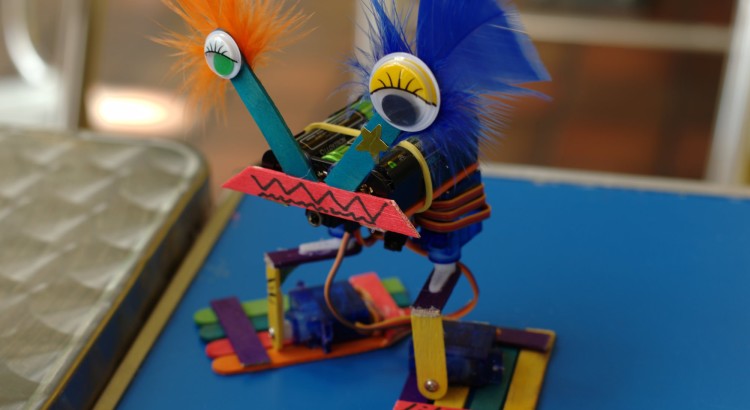This past weekend was the National Maker Faire in Washington. (Of course it happened one week after I moved to New York.) As many as 20,000 visitors were expected for the two-day event.
There were tie-in festivals and announcements throughout the week. One that came across my desk was a blog post from the White House Office of Science and Technology Policy. Here’s what caught my eye:
And because hands-on learning and science, technology, engineering, and mathematics (STEM) education are critical to building a nation of makers, we are dedicated to providing students at every level with the high-quality education they need to excel in STEM fields.
That’s why more than 100 school leaders of K-12 districts and schools, representing more than 3 million students, are committing to the creation of dedicated maker spaces in their schools and offering professional development opportunities for teachers. And why more than 50 leaders in higher education representing more than 900,000 students – including Ivy League universities, community colleges, HBCUs, major public universities and small private colleges – are deepening their efforts to expand making opportunities on their campuses. (emphasis added)
Maker spaces seem to be becoming more than just a geeky hangout space for the Wired and Popular Mechanics crowd. Kids will be getting used to making at school as a part of regular project-based learning. That’s if they aren’t used to it already.
What if we encouraged them to bring that same energy to church? Can we create simple maker spaces … maybe mobile ones? I think so. And we should.
Need inspiration for making in faith communities? Here are some innovators already pondering these things.
Are you nurturing makers at church? Let me know!
Image credit: “Halifax Mini Maker Faire 2015” by Gareth Halfacree via Flickr (CC BY-SA 2.0).
